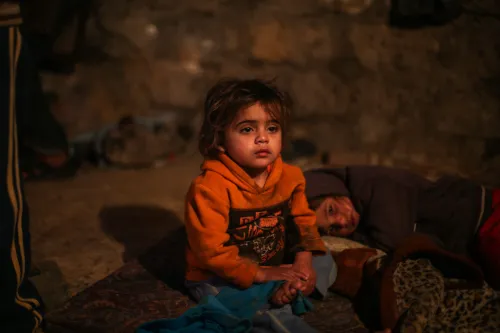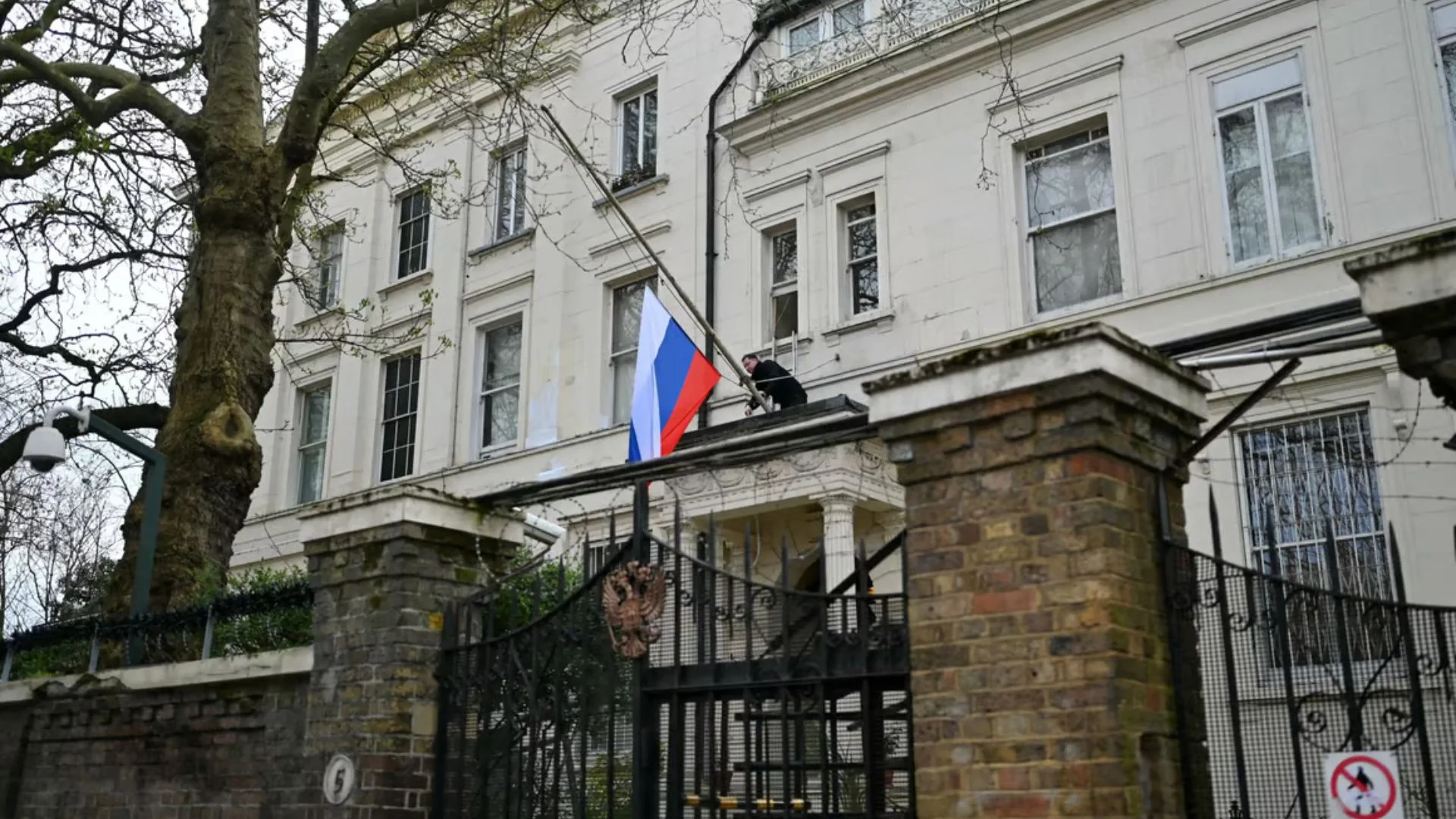Moving towards water conservation, Chief Minister Manohar Lal Khattar here on Thursday announced that the area under direct seeding of paddy has been increased by 275 percent from 73,000 acres to nearly 2 lakh acres. “This will save 218 MCM of water. For this, provision will be made for availability of machinery and subsidy,” he added.
Apart from this, he also announced that more than 9,500 water sources would be renovated in the next two years; which include 5308 ponds, 63 check dams, 81 shallow tubewells and 4000 recharge borewells. The Chief Minister was speaking at the concluding session of the two-day ‘Water Conclave’ organized by the Haryana Water Resources Authority under Amrit Jal Kranti at Panchkula
He said that the area under natural farming will be increased by more than 300 percent, i.e., from 6,000 acres to 25,000 acres. This effort will not only save water but also improve soil health, said Manohar Lal Khattar. The Chief Minister said that the state government has set a target of reclamation of 1 lakh acres of saline land in brackish water areas. “To expedite the work and to achieve this target, the Agriculture Department will work closely with the Central Soil Salinity Research Institute and finalize its action plan in the next three months. Machines will also be made available for this work and if provision of subsidy has to be made, that too will be done,” he asserted.
He said that the World Bank has given in-principle approval for expansion of Atal Bhujal Yojana to 14 districts of the state. In the first phase, a budget of 700 crores was received under the five-year plan. In the second phase also, a budget of about Rs 700 crore will be made available by the World Bank. This will cover 90 percent of the waterlogged area of the state, he added.
The Chief Minister said that in the next two years, 50 percent of the demand of water in the agriculture sector would be met by the treated waste water of STPs. In addition, water of 75 STPs will be used for agricultural needs; besides 100 percent of the treated waste water will be reused in 18 out of 31 HSIIDC estates in the next two years,” he said.
















